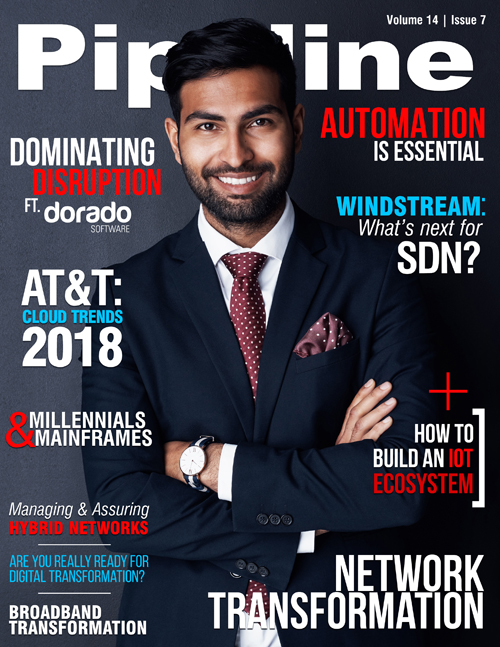Are You Prepared for Digital Transformation?
Many analysts believe that digital transformation for CSPs should start with customer experience from the “outside in.” That is ultimately what Amazon has practiced from its inception as an online bookstore. They are beating their competitors in every and each business they are in, and not just by better price performance. Their customer satisfaction story is as unique as their transformation from an online bookstore to a multi-domain giant. If you haven´t done it yet – try to use some of their new Amazon Web Services (AWS). It is quite an experience to launch your own virtualized servers within seconds, add a database to it, launch your own analytics, etc. It is the customer experience which makes AWS truly unique.
Today´s customer experience is routinely measured against the leading worldwide IT organization, that is Amazon. The user experience is now also dominated by smart phones. My son, at the age of 3, without being able to read or write, could do wonderful things with my old iPhone. Children like my son will be the consumers of future services, as they get older. They will probably not have the patience for a service to be connected in 2 weeks. They want to have their service now. And they know they have choices. They know they can get what they want where they want it. This business model is not always aligned with traditional CSPs who have to move a lot of parts in order to provide services to their customers.
In many CSP environments today, customer experience is a very troublesome topic. While many executives desire to have a better customer service and have spent millions of dollars on market research on what their customers want, the customer service departments do not always have the right tools to deliver on those promises.
If you walk into any Network Operation Center (NOC) of a big or a small CSP, what you often find is that there are still many manual interactions for critical processes. While automation and
orchestration are important parts of today´s business infrastructure, they come with fear of losing jobs. Those topics are important to address from leadership of any organizations. According to
a Cisco-commissioned Forrester
study, 500 billion devices and objects will be connected to the Internet by 2030. With an estimated 15 configuration changes of device per year, and from
projections like this we get the idea that without automation it would be extremely hard to run the world economy.
There is tremendous potential for CSPs in IoT. Many CSPs have big plans on how they can part of the bigger IoT picture. Some are re-thinking their entire end-to-end processes from operations. A few are going even further and are considering truly disruptive measures. But, as both a customer as well as an ISV, I sincerely hope they can be more disruptive than disrupted.
Digital skills are clearly an important part of digital transformation. Telenor recently announced that their CEO is pushing their 30,000 employees to spend 40 hours learning new skills this year, as the operator looks to improve its digital capabilities. To requote David Rogers, digital transformation is about strategy and leadership.
While many CSPs have identified and communicated their strategy, other CSPs are still struggling with the fundamentals. Some CSPs are already planning more drastic changes to achieve a fundamental change around customer experience. Regardless of you approach to digital transformation, the question remains: are you prepared?



















